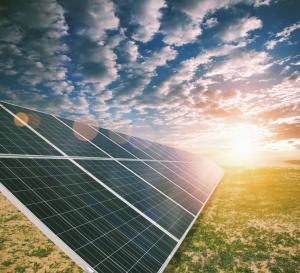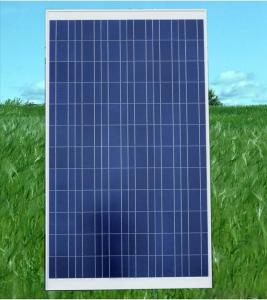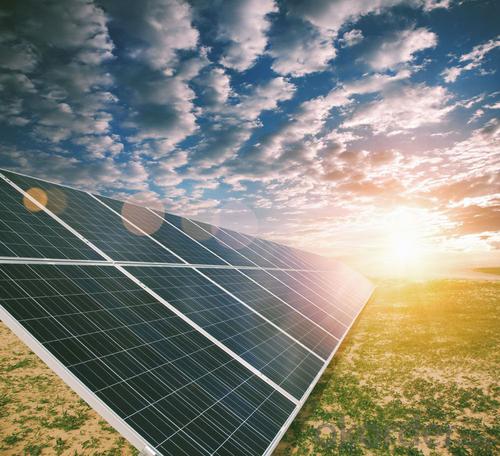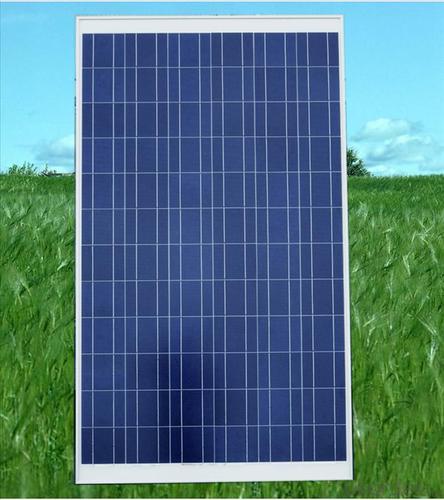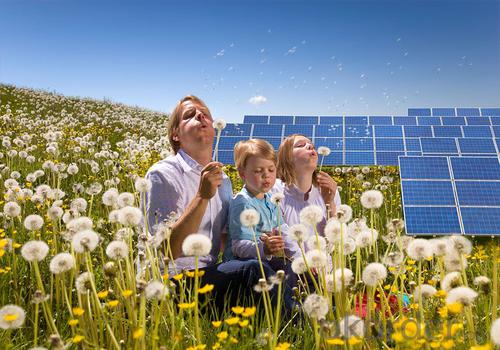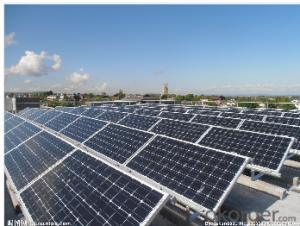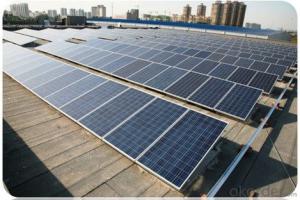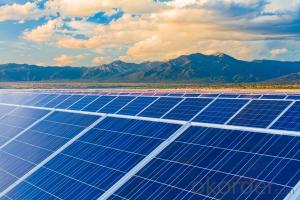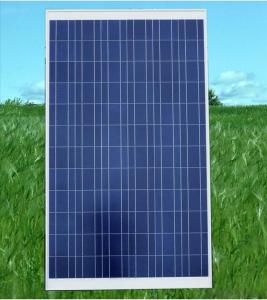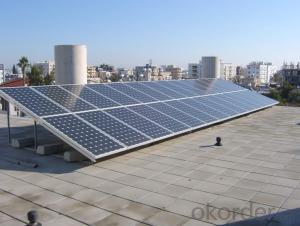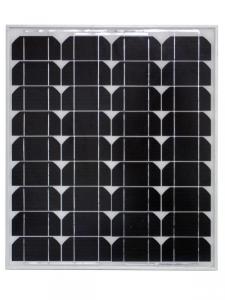IEA Solar Panels 245w Polycrystalline Silicon Solar Panels
- Loading Port:
- Guangzhou
- Payment Terms:
- TT OR LC
- Min Order Qty:
- 200000 watt
- Supply Capability:
- 20000000 watt/month
OKorder Service Pledge
OKorder Financial Service
You Might Also Like
About us
We are a high-tech group wich specializes in solar products design,research, manufacture, sales,solar projects design and installation.
Our national sales service covers seven parts, including northeast, north, east, middle, south, northwest and southwest, international sales covers five continents and over forty countries, including Germany, Italy, Spain, France, America and Brazil etc.
Our present annual capacity is 6 million for wafer, 60MWp for solar cells,200MWp for solar modules and one hundred thousand for solar applications. It is expected that the annual capacity of 2012 will be up to 30 million for wafer, 300MWp for solar cells, 1000MW for solar modules and 2 million for solar applications.
INTRODUCTION
This installation Manual contains essential information for the electrical and mechanical installation that your must know before installing CUSTOMER PV modules. This also contains safety information you need to be familiar with .All the information described in this manual are the intellectual property of CNBM and based on the technologies and experiences that have been acquired and accumulated in the long history of CUSTOMER. This document does not constitute a warranty, expressed or implied.
CUSTOMER does not assume responsibility and expressly disclaims liability for loss, damage, or expense arising out of in anyway connected with installation, operation, use or maintenance of the PV modules. No responsibility is assumed by CUSTOMER for any infringement of patents or other rights of third parties that may result from use of PV module.
CUSTOMER reserves the right to make changes to the product, specifications or installation manual without prior notice.
COMPONENTS
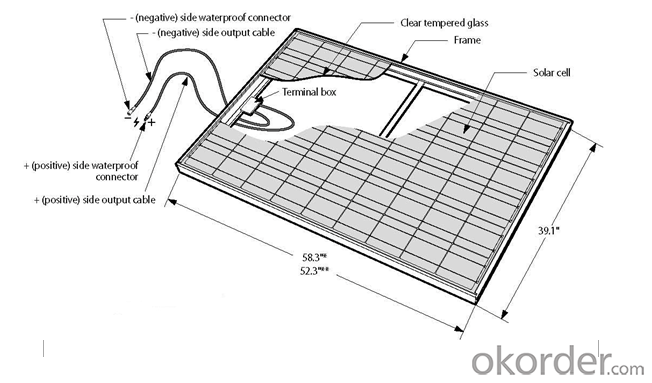
SITE SELECTION
In most applications, the PV modules should be installed in location where there is no shading throughout the year. In the Northern Hemisphere, The PV modules should typically face south, and in the Southern Hemisphere, the PV modules should typically face north. Please make sure that there are no obstruction in the surroundings of the site of installation. Take proper steps in order to maintain reliability and safety, in case the PV modules are used in areas such as: Heavy snow areas/Extremely code areas/ Strong wind areas/Installation over, or near, water/ Areas where installations are prone to salt water damage (*)/Small islands or desert areas.(*)
If you are planning to use the PV modules where the salt water damage may be possible consult with CNBM local agent first to determine an appropriate installation method, or to determine whether the installation is possible?
Data sheet
Maximum Power | 245W |
Efficiency | 0.151 |
Backsheet | Silver |
Frame Colar | White |
Manufacture Site | China |
Frame | Anodized Aluminum Alloy |
Weight | 19 kg |
- Q: solar energy
- Himin solar pay more attention to the products quality, we would like to talk more about the quality characteristic of solar module,The credibility of the supplier and the quality of raw material are very important. Himin choose top material to make our solar panels.
- Q: what is a solar panel?
- The term solar panel is best applied to a flat solar thermal collector, such as a solar hot water or air panel used to heat water, air, or otherwise collect solar thermal energy. But 'solar panel' may also refer to a photovoltaic module which is an assembly of solar cells used to generate electricity. In all cases, the panels are typically flat, and are available in various heights and widths. An array is an assembly of solar-thermal panels or photovoltaic (PV) modules; the panels can be connected either in parallel or series depending upon the design objective. Solar panels typically find use in residential, commercial, institutional, and light industrial applications. Solar-thermal panels saw widespread use in Florida and California until the 920's when tank-type water heaters replaced them. A thriving manufacturing business died seemingly overnight. However, solar-thermal panels are still in production, and are common in portions of the world where energy costs, and solar energy availability, are high. Recently there has been a surge toward large scale production of PV modules. In parts of the world with significantly high insolation levels, PV output and their economics are enhanced. PV modules are the primary component of most small-scale solar-electric power generating facilities. Larger facilities, such as solar power plants typically contain an array of reflectors (concentrators), a receiver, and a thermodynamic power cycle, and thus use solar-thermal rather than PV. You could get more information from the link below...
- Q: Can solar panels be used for powering remote monitoring systems?
- Yes, solar panels can be used to power remote monitoring systems. Solar panels capture sunlight and convert it into electricity, which can then be used to power various devices and systems, including remote monitoring systems. This makes solar panels an environmentally friendly and cost-effective solution for powering such systems in remote locations where access to the electrical grid may be limited or non-existent.
- Q: I need to know how solar photovoltaic panels work. Anyone have a good explanation?
- Hey E Girl, photovoltiac panels are pretty simple. They start with a solid block of silicone, and shave thin layers off of them, called wafers. Once you have about 72 of them, you take half of them and dope them with boron, then the other half are doped with phosphorous. Once that's done, they take one each phosphorous and boron wafer, and glue them together with a special conductive epoxy glue, and attach a wire to each wafer. When the two glued wafers are exposed to the sun, a reaction occurs that forces free electrons from the silicone particles from one wafer onto the other, and a voltage is generated between them, about /2 volt to be exact. Once all 36 pairs are glued together, they are wired in series, connecting the phosphourous wafer from one to the boron wafer on the next, and so on. If you start with 72 wafers, you'll have 36 pairs glued together when you are done. At /2 volt each, that makes a 8 volt panel, which is used to charge a 2 volt battery. The charging source always has to have a few more volts than the battery. These 36 pairs of cells are then arranged on some kind of back board, glued down, covered with acrylic glass and mounted in a frame. There are some great websites you can go to for more info, I will list some below. Did you know that there are over 00,000 homes and businesses in the US alone that use some level of solar power to operate their electrical systems? That's good news. We actually live in one of those homes, it is powered by both the wind and sun and heated with solar and wood. I hope this answers your question, good luck, and take care, Rudydoo
- Q: Can solar panels power my entire home?
- Yes, solar panels can power your entire home. However, the feasibility of this depends on various factors such as the size of your home, the amount of sunlight available in your area, the efficiency and capacity of the solar panels, and your energy consumption patterns. It is recommended to consult with a professional to assess your specific needs and design a solar system that can meet the energy requirements of your entire home.
- Q: For example, how many large solar panels would you need to operate a greenhouse with lighting for simulate sun during cloudy weather, a scheduled sprinkle system and other such things?I'm looking for a very in depth answer.
- We think that powerful solar panels are good . As per their capacity they of-course needed many many solar panels, tks.
- Q: how long till a 50 watt solar panel pays itself off in buffalo, ny if its $500. i have national grid and heres the link to the rates. i am residential.
- I have a small system and do not make enough to sell back (no batteries) so it was less than 7 years BUT when you are talking about putting the initial in to a high yield div account and comparing it then I would say it took only 4 years to pay for because I was invested like many others with the capital it would have taken to get a large system and that investment LOST money while my solar pays for itself every year bit by bit. With systems now more efficient and rebates bigger and the investment alternatives not any better it is an easy choice.
- Q: Can solar panels be installed on a commercial building?
- Yes, solar panels can be installed on a commercial building. In fact, many businesses and organizations are increasingly adopting solar energy to reduce their carbon footprint and save on energy costs. Installing solar panels on commercial buildings can help generate clean, renewable energy and contribute to a more sustainable future.
- Q: Can solar panels be installed on a carport or parking lot?
- Yes, solar panels can be installed on a carport or parking lot. This is a popular option to utilize unused space and generate clean energy. It not only provides shade and protection to vehicles but also helps offset electricity costs and reduce carbon emissions.
- Q: if you know the area of the panel can u calculate for the wattage or voltage of the panel..
- One square meter of solar panels can produce up to 50 watts of maintenance-free power for up to thirty years. The most common solar panels are for 2 V applications. For sq meter: I = P/V = 50/2 = 2.5 A A single solar cell always produces a voltage of approximately 0.5 volts, regardless of its size. For higher voltages, you have to connect individual cells in series to add their voltages. The larger the solar cell, the greater the current will be. You can also connect cells in parallel to increase current. Hope this helps!
Send your message to us
IEA Solar Panels 245w Polycrystalline Silicon Solar Panels
- Loading Port:
- Guangzhou
- Payment Terms:
- TT OR LC
- Min Order Qty:
- 200000 watt
- Supply Capability:
- 20000000 watt/month
OKorder Service Pledge
OKorder Financial Service
Similar products
Hot products
Hot Searches
Related keywords
